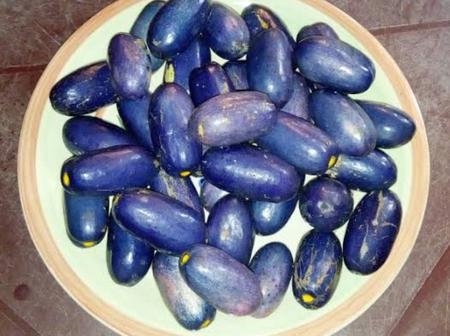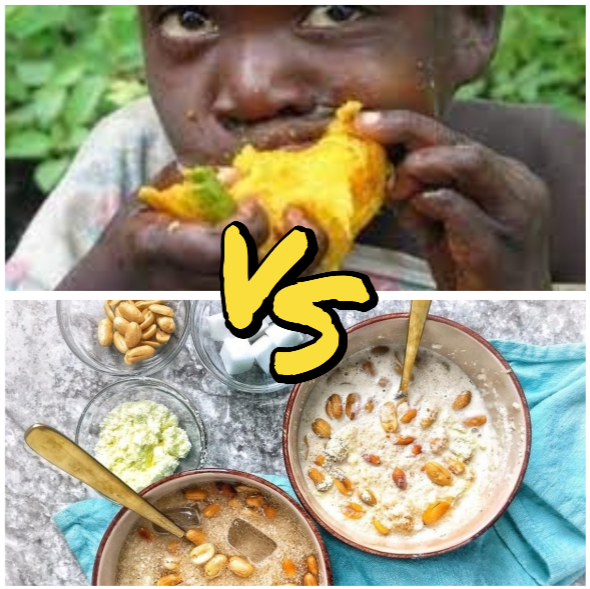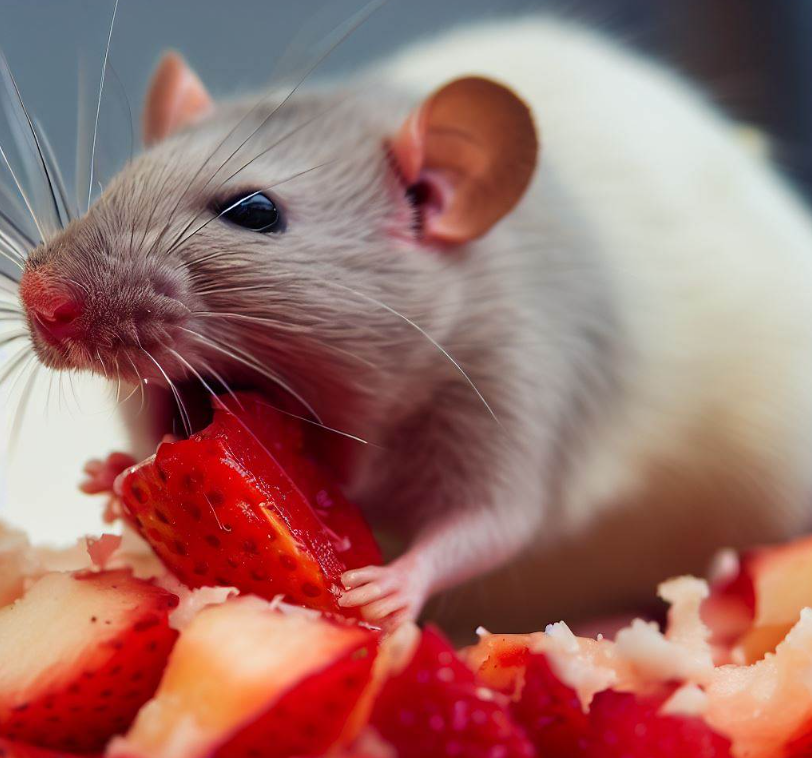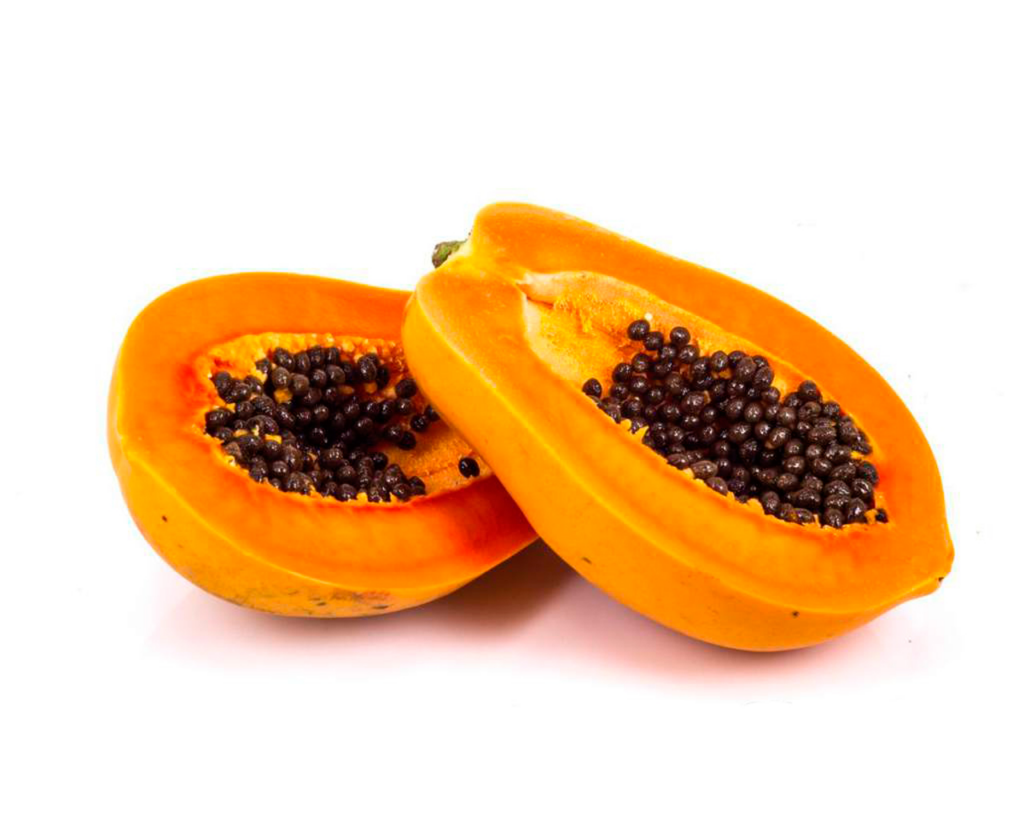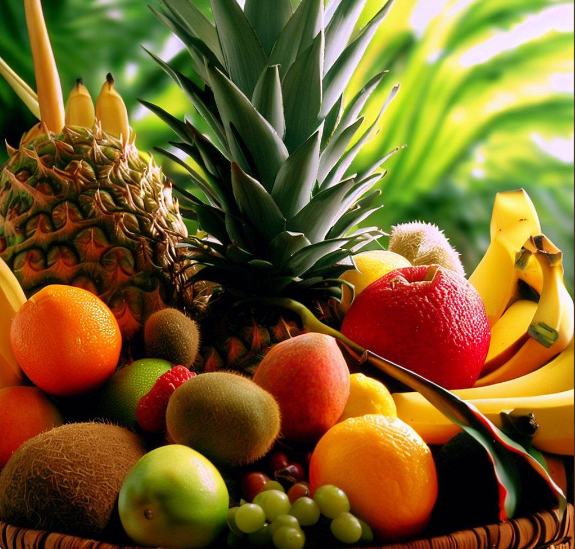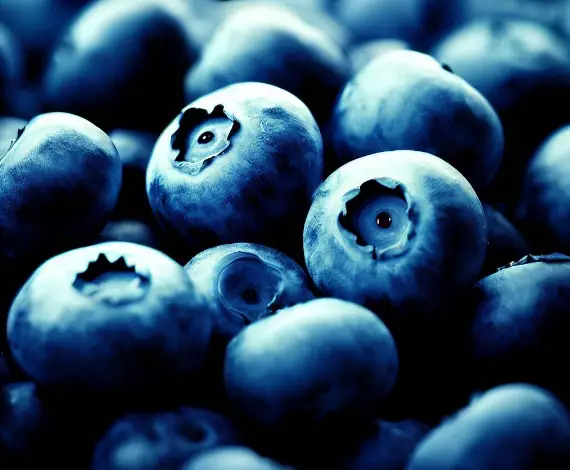Bananas are everywhere! They’re a favorite snack worldwide and they don’t cost much. But have you ever stopped to think about how this yummy fruit can be so budget-friendly? We’re going to dig into the reasons bananas are easy on your wallet by looking at their history, how they’re grown and sold, and what it costs to make them.
Table of Contents
A Brief History of Bananas
Let’s take a trip back in time and see where bananas come from. Bananas might have first been grown in Southeast Asia, possibly around 7,000 years ago. They’ve traveled a long way since then, even reaching the Americas thanks to the slave trade.
In the late 1800s, bananas became super popular in the US. Big companies like United Fruit and Standard Fruit started bringing in bananas from faraway places like Central and South America. These companies merged later, creating a giant corporation that was the biggest name in bananas.
Bananas in Today’s World
Nowadays, some really big companies, such as Chiquita, Dole, and Del Monte, are the ones in charge of the banana business. They have lots of banana farms and ways to move bananas all over the planet to make sure you always find them in stores.
But it’s not all good news. Workers on banana farms often don’t get paid enough, work in tough conditions, and are around harmful chemicals. To help make things better, there are initiatives called fair trade that try to ensure workers are treated better and earn enough money.
Why Bananas Don’t Break the Bank
One of the big reasons bananas are cheap is because it doesn’t cost much to pay the people who grow them, especially in countries like Ecuador, Honduras, and Costa Rica. This lets companies sell bananas without a big price tag and still make money.
Banana farms are really big, which means they can grow tons of bananas at once. This helps lower the cost for each banana. Plus, bananas aren’t too fussy to grow and pick, which also helps keep the cost down.
Farming Practices and Their Effects
Growing bananas can actually cause some problems for the environment and people. One issue is when farmers grow only bananas on a huge piece of land, which can make the soil weaker and less diverse, and make the plants get sick more easily.
To deal with these problems, banana farmers often use a lot of pesticides. These chemicals do keep the crops safe, but they can harm people’s health and the surroundings as well.
In Conclusion
So, bananas are really affordable because of how they are grown in big quantities, where they’re grown, and farming methods. While we all like a cheap and tasty fruit, it’s also good to know about the negative sides of how they’re made.
If we want to keep enjoying bananas and feel good about it, we can support fair trade and farming that is kind to the environment and the people who grow our food.
Common Questions
Do banana prices ever change?
Yes, even though bananas are usually cheap, sometimes the price can go up or down because of things like how many bananas are available or how much it costs to get them to stores.
Are there different kinds of bananas?
Absolutely! Bananas come in lots of varieties. Some taste sweeter, some are tinier, and they come in different colors and textures too.
Is eating bananas good for me?
Definitely! Bananas have fiber, potassium, and lots of vitamins and minerals that are great for your health.
Can we grow bananas in a way that’s better for Earth?
Yes, there are ways to grow bananas that don’t harm the planet as much, like using farming practices that work with nature and avoiding chemicals.
